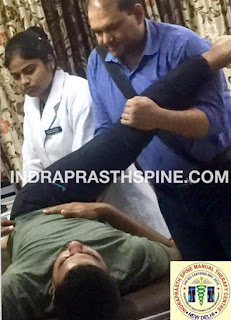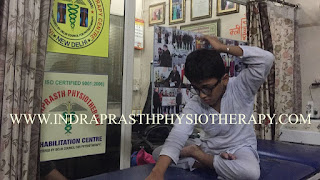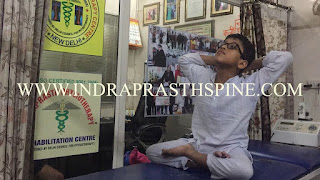DISCOID MENISCUS - Every knee has a medial and lateral meniscus which are C-shaped pieces of fibrocartilage that absorb stress and act as cushions between the bones at the knee. At birth, the meniscus is not C-shaped, but discoid. With growth and walking, the discoid meniscus evolves into its normal C-shape. In some children, the lateral meniscus continues to stay discoid with growth. The incidence is approximately 3-5% of the population.
The most common presentation is a 6 to 8-year-old child with a "snapping" or a "clicking" in their knee as they walk. However, it is also possible for the onset to occur in early adolescent years when a child's sporting activities increase. A discoid meniscus is usually pain-free, and the clicking noise is what is noticed. In some instances, as the child grows older, the click increases and may cause recurrent locking, where they are unable to straighten or bend their knee fully. This will commonly also manifest as pain in the knee.

















































